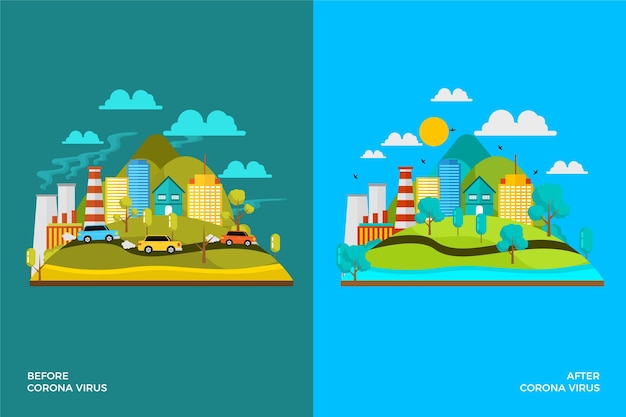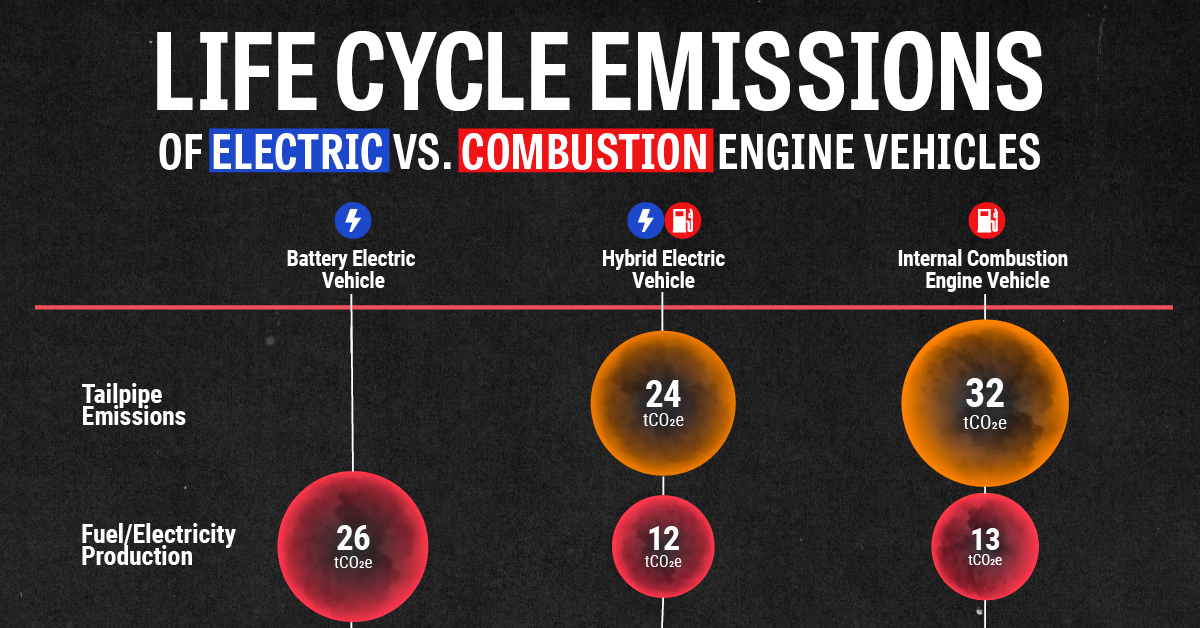Fast-Charging Networks: The Key to EV Adoption
Mia Anderson

Photo: Fast-Charging Networks: The Key to EV Adoption
The transition to electric vehicles (EVs) is no longer a distant future it's happening now. Governments, businesses, and consumers are increasingly embracing EVs for their environmental benefits and the potential to reduce dependence on fossil fuels. However, one critical factor continues to stand in the way of mass EV adoption: the availability of fast-charging networks. For EVs to replace traditional internal combustion engine vehicles on a large scale, reliable, efficient, and widespread fast-charging infrastructure is essential.
The Importance of Fast-Charging Networks
Fast-charging networks serve as the backbone for the EV revolution. Unlike traditional home charging stations, which can take hours to fully charge a vehicle, fast chargers significantly reduce charging times, allowing drivers to recharge their EVs in as little as 15-30 minutes. This convenience is crucial for addressing the two most common barriers to EV adoption: range anxiety and charging time concerns.
Addressing Range Anxiety
Range anxiety refers to the fear that an EV might run out of battery power before reaching its destination or a charging station. A dense network of fast chargers alleviates this fear, especially for long-distance travel. When drivers know they can access charging stations as easily as traditional gas stations, the hesitation to switch to EVs diminishes.
Reducing Charging Times
The convenience of refueling has long been a strength of gasoline-powered cars. Fast-charging technology helps EVs compete by reducing downtime. For busy drivers, the ability to recharge quickly while on the road transforms EVs into a practical option, even for those with demanding schedules.
Challenges in Building Fast-Charging Networks
Despite their importance, the deployment of fast-charging networks faces several challenges. These range from high costs and technological limitations to infrastructure gaps and regulatory hurdles.
High Installation Costs
Fast-charging stations require significant investment. According to industry estimates, installing a single fast charger can cost between $20,000 and $100,000, depending on location, power capacity, and other factors. This high cost is a barrier for businesses and governments looking to scale up infrastructure.
Grid Capacity and Energy Demand
Fast chargers demand substantial power, which can strain local grids if not managed properly. As EV adoption grows, utility companies and policymakers must upgrade grid infrastructure to handle increased loads. Renewable energy integration can also help meet this demand sustainably.
Infrastructure Gaps
Rural and underserved areas often lack adequate charging infrastructure, creating disparities in EV accessibility. Bridging these gaps is essential to ensure equitable EV adoption across urban and rural regions.
Regulatory and Permitting Delays
Building fast-charging stations involves navigating complex regulations and securing permits, which can delay projects by months or even years. Streamlining these processes is critical to accelerating infrastructure development.
Technological Innovations Driving Fast-Charging Networks
The future of fast-charging networks is being shaped by cutting-edge technologies aimed at overcoming current limitations. Innovations in battery technology, charger efficiency, and renewable energy integration are paving the way for more effective and sustainable solutions.
Ultra-Fast Chargers
Next-generation chargers, such as 350 kW ultra-fast chargers, are significantly faster than current models. These devices can deliver up to 200 miles of range in under 20 minutes, making EV charging as convenient as a quick coffee break.
Wireless Charging
Although still in its early stages, wireless charging has the potential to revolutionize EV infrastructure. Inductive charging pads embedded in roads or parking spaces could eliminate the need for physical charging stations, offering a seamless experience for drivers.
Renewable Energy Integration
Solar-powered charging stations and grid-tied solutions that prioritize renewable energy are becoming increasingly popular. These options not only reduce carbon footprints but also enhance the resilience of charging networks by decentralizing energy sources.
The Role of Government and Private Sector Collaboration
Building a robust fast-charging network requires collaboration between governments and private companies. Public funding, policy incentives, and partnerships with private-sector players are essential for scaling up infrastructure efficiently.
Government Initiatives
Governments worldwide are investing heavily in EV infrastructure. For example, the United States has committed billions of dollars through initiatives like the Bipartisan Infrastructure Law to build a national network of 500,000 EV chargers by 2030. These efforts include subsidies and grants to encourage private companies to participate.
Private Sector Investments
Automakers and tech companies are also playing a crucial role. Tesla's Supercharger network, for instance, sets a high standard for fast-charging infrastructure, while other companies like Electrify America and Ionity are rapidly expanding their networks to meet growing demand.
Public-Private Partnerships
Collaborative models combining public funding with private-sector expertise are particularly effective. By sharing costs and responsibilities, these partnerships can accelerate the deployment of charging networks while ensuring financial sustainability.
Benefits of Fast-Charging Networks for the Economy and Environment
The development of fast-charging networks offers significant economic and environmental benefits. These networks not only facilitate EV adoption but also contribute to job creation and carbon reduction.
Economic Growth
Expanding charging infrastructure creates jobs in construction, engineering, and maintenance. Additionally, businesses located near charging stations can benefit from increased foot traffic as drivers stop to recharge.
Environmental Impact
By enabling the transition to EVs, fast-charging networks play a vital role in reducing greenhouse gas emissions. According to the U.S. Department of Energy, replacing one gasoline-powered vehicle with an EV can reduce carbon emissions by an average of 4.6 metric tons per year.
A Vision for the Future: Ubiquitous EV Charging
To achieve widespread EV adoption, fast-charging networks must become as ubiquitous and reliable as gas stations are today. This vision requires not only technological advancements but also policy support, investment, and collaboration across industries.
Key Steps Forward
- Policy Support: Governments must implement policies that incentivize infrastructure development and streamline regulatory processes.
- Technological Advancements: Continued innovation in battery and charging technologies will make EVs more practical and accessible.
- Equitable Access: Ensuring that rural and underserved areas are included in infrastructure plans is critical for achieving equitable EV adoption.
Conclusion
Fast-charging networks are the linchpin for the mass adoption of electric vehicles. By addressing range anxiety and reducing charging times, these networks make EVs a practical choice for everyday drivers. However, overcoming challenges such as high costs, grid capacity issues, and infrastructure gaps will require a concerted effort from governments, private companies, and communities.
As the world moves toward a sustainable future, investing in fast-charging networks is not just an option it’s a necessity. With the right policies, partnerships, and innovations, we can create a world where EVs dominate the roads, paving the way for a cleaner, greener planet.
Marketing
View All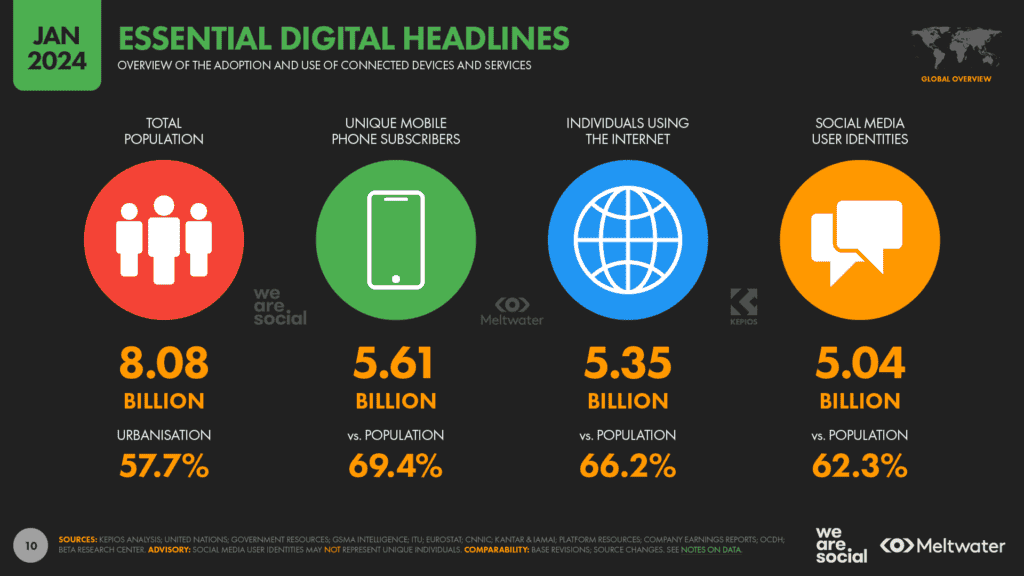
January 23, 2025
Social Media in Digital Marketing 2024Learn how social media is revolutionizing digital marketing in 2024. Boost your brand with actionable tips for viral campaigns!
Mia Anderson
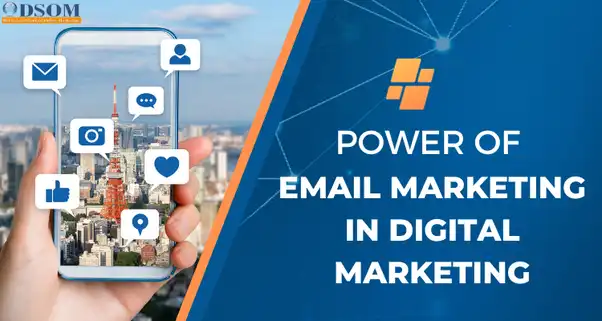
January 25, 2025
Email Marketing in the Digital AgeUnlock the power of email marketing with modern strategies tailored for the digital age. Connect with your audience like never before!
Mia Anderson
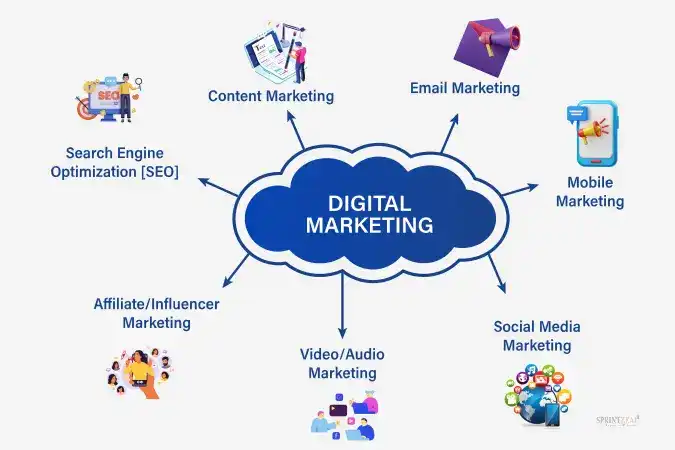
January 19, 2025
How to Master Digital Marketing BasicsLearn the essentials of digital marketing in this beginner-friendly guide. Kickstart your journey with step-by-step strategies. Start mastering today!
Mia Anderson
Entertainment
View AllUncover the top TV series of 2024! From thrilling dramas to binge-worthy comedies, find your next obsession. Don’t miss out click now to explore!
Mia Anderson
Discover the best streaming services for 2024 and find your next favorite show. Read now for expert recommendations and start streaming today!
Mia Anderson
The definitive manual on how internet streaming services have evolved. Learn how to keep ahead of the curve by exploring the theories, tactics, and inventions influencing the future of streaming.
Mia Anderson
Discover the fascinating history of superhero movies, from early adaptations to modern blockbusters. Uncover surprising facts and insights click to explore!
Mia Anderson
Automotive
View AllCompare the lifecycle emissions of electric vehicles (EVs) and internal combustion engines (ICE). Which is better for the planet?
Read MoreExplore how government subsidies are driving EV sales globally. Learn the impact on adoption rates and market growth.
Read MoreSimplify dealership management with these Dealer Daily hacks. Master your workflow and enhance customer satisfaction today!
Read MorePolular🔥
View All
1
2
4
5
6
7
8
9
10
Technology
View All
August 13, 2024
The Top SOC 2 Compliance Companies: Securing Your Data
Discover the leading SOC 2 Compliance companies and learn how they can help protect your organization's sensitive data. Click to explore the best options for safeguarding your business.

August 9, 2024
The Power of NLP and Machine Learning: Friends or Foes?
Discover the possibilities of natural language processing and how machine learning relates to it. Discover the fascinating possibilities these technologies have for the future as well as how they are reshaping our reality.

September 15, 2024
Discover the Top Fintech Startups Revolutionizing 2024
Explore 2024 leading fintech startups driving innovation. Uncover new trends and insights. Read now to stay ahead in the fintech revolution!



